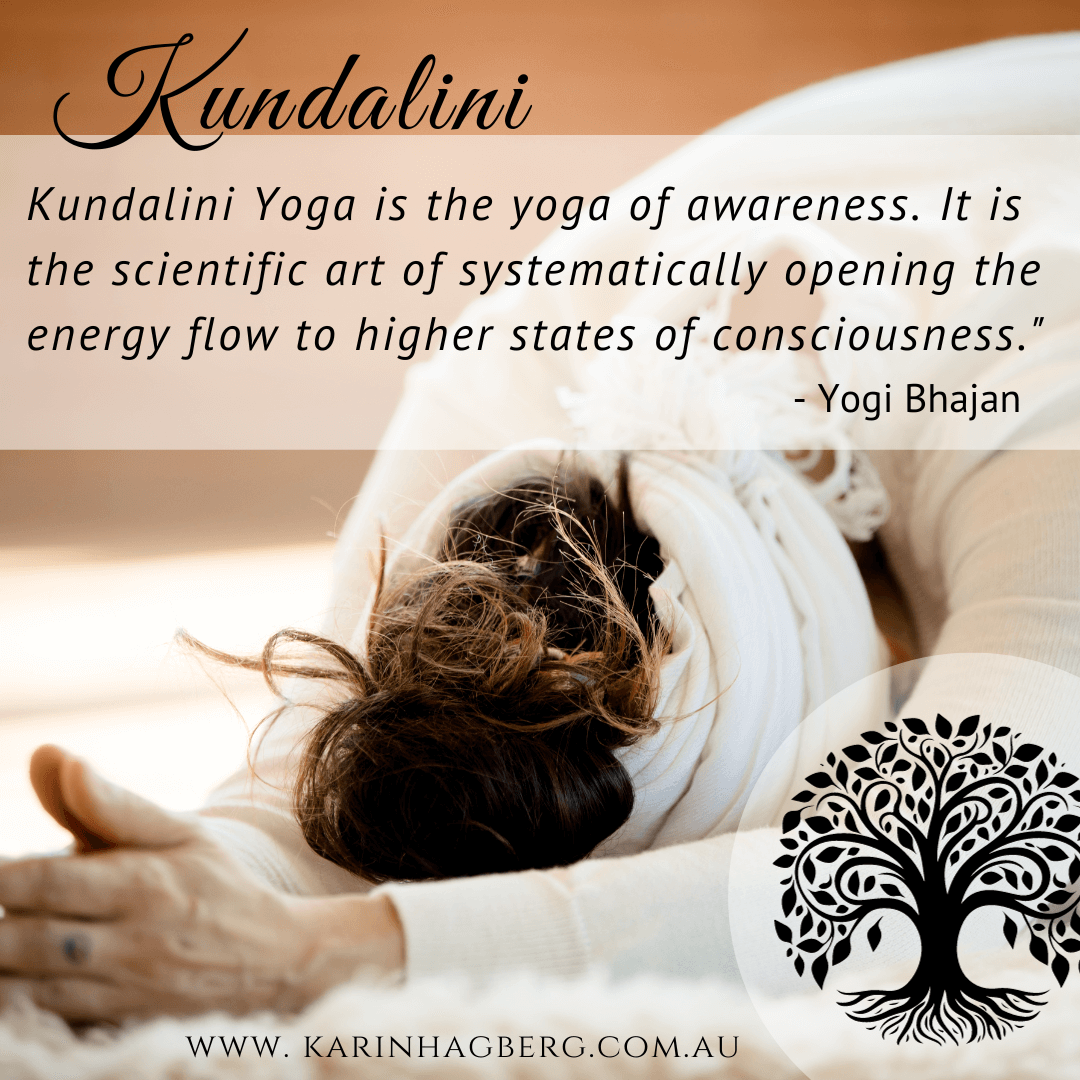
Kundalini, in the context of Hinduism and certain forms of spirituality, refers to a form of divine energy or life force that is believed to be coiled at the base of the spine. The concept of Kundalini is also present in some traditions of yoga and is considered a powerful spiritual force.
Here are some key aspects of Kundalini:
- Location: In traditional descriptions, Kundalini is often described as a coiled serpent lying dormant at the base of the spine, specifically in the Muladhara chakra (the root chakra).
- Energy Activation: The goal in Kundalini yoga and various spiritual practices is to awaken this dormant energy and allow it to rise through the central channel of the spine, passing through various energy centers or chakras along the way.
- Spiritual Awakening: The awakening of Kundalini is seen as a transformative and spiritually enlightening experience. It is believed to lead to a heightened state of consciousness, self-realization, and a deeper connection with the divine or universal consciousness.
- Chakras: As Kundalini rises, it is said to activate and cleanse the various chakras, which are energy centers in the body. This process is thought to bring about physical, mental, and spiritual benefits.
- Practices: Kundalini awakening can be facilitated through specific yogic practices, meditation, breathwork, chanting, and other spiritual disciplines. Kundalini yoga, in particular, is a style of yoga that focuses on awakening and channeling this energy.
- Experiences: People who report Kundalini awakening often describe a variety of experiences, including sensations of energy moving through the spine, intense bliss, altered states of consciousness, and a sense of oneness with the universe.
- Caution: While the concept of Kundalini awakening is deeply rooted in spiritual traditions, it's important to note that some practitioners and spiritual teachers emphasize the need for proper guidance and preparation. Kundalini awakening is said to be a powerful and potentially overwhelming experience, and individuals may encounter physical, emotional, or psychological challenges along the way.
 What is Kundalini Yoga?
What is Kundalini Yoga?Kundalini yoga is a specific form of yoga that focuses on the awakening of Kundalini energy, which is believed to be a dormant spiritual potential that resides at the base of the spine. The practice aims to activate and raise this energy through the central energy channel, known as the Sushumna, aligning and balancing the chakras along the way. Kundalini yoga incorporates a combination of physical postures, breathwork, meditation, and chanting to achieve these spiritual goals.
Here are key aspects of Kundalini yoga:
- Kriyas: Kundalini yoga classes typically involve the practice of kriyas, which are specific sets of postures, movements, breathwork, and sound that work together to achieve a particular outcome. Kriyas are designed to stimulate the nervous and glandular systems, cleanse the body, and activate Kundalini energy.
- Breathwork (Pranayama): Breath control is an essential component of Kundalini yoga. Various pranayama techniques are employed to enhance the flow of life force energy (prana) through the body, facilitating the awakening of Kundalini.
- Meditation: Kundalini yoga places a strong emphasis on meditation. Practitioners may engage in both active and passive forms of meditation to still the mind, cultivate awareness, and connect with higher states of consciousness.
- Mantras and Chanting: The use of mantras (repeated sacred sounds or phrases) and chanting is common in Kundalini yoga. These practices are believed to have a vibrational impact on the body and mind, facilitating spiritual awakening.
- Mudras: Hand gestures, or mudras, are often integrated into Kundalini yoga practice. Mudras are thought to direct energy flow and enhance the meditative experience.
- Focus on the Spine: Kundalini energy is said to move through the spine. As such, many Kundalini yoga postures and movements are designed to stimulate and align the spine, creating a conducive environment for the awakening of Kundalini.
- Teacher Training: Kundalini yoga teachers undergo specific training to share this practice with others. The Kundalini Yoga Teacher Training Program is designed to provide instructors with the knowledge and tools to guide students safely through Kundalini practices.
- White Clothing and Head Covering: Traditional Kundalini yoga attire often includes wearing white clothing and covering the head with a turban or headscarf. This is believed to enhance the aura and protect the energy created during practice.
- Kundalini yoga is associated with the teachings of Yogi Bhajan, who brought this form of yoga to the West in the late 1960s. Classes can vary in style and intensity, but they generally aim to create a transformative and spiritual experience for practitioners. It's essential for individuals interested in Kundalini yoga to approach the practice with respect, awareness, and an understanding of its spiritual and energetic dimensions.
















0 Comments